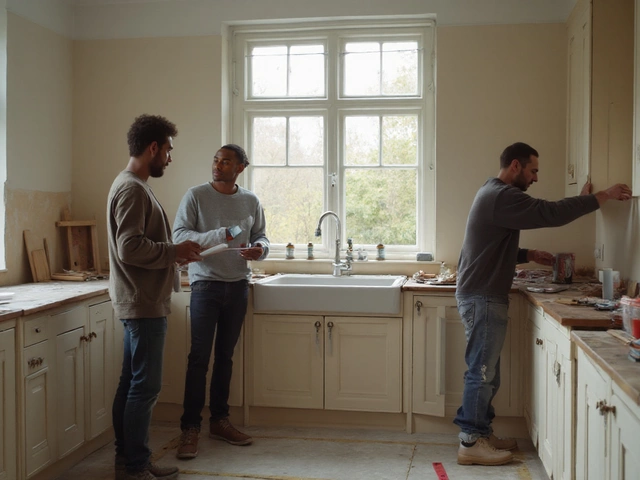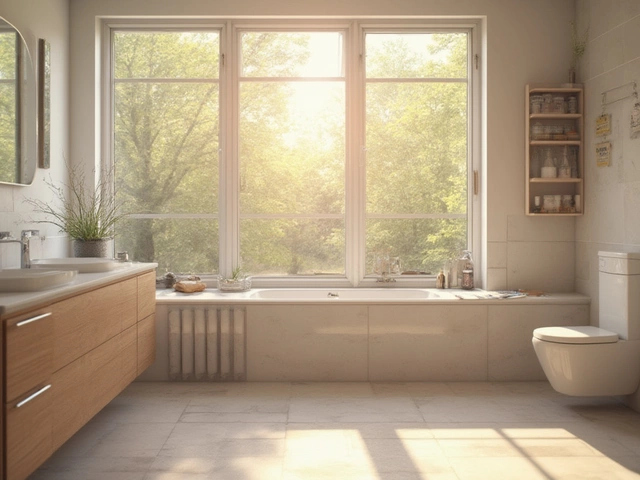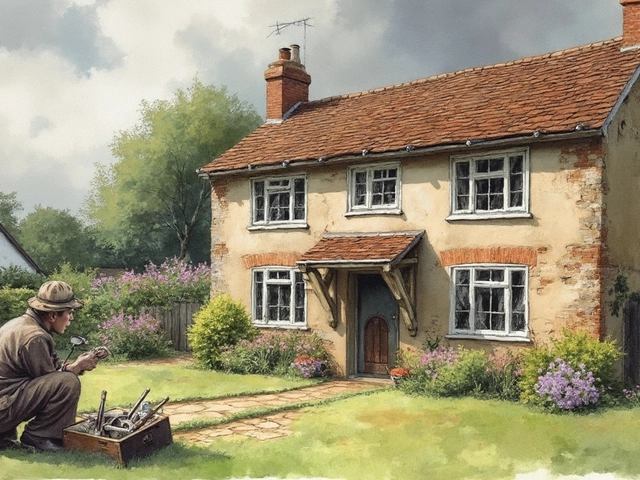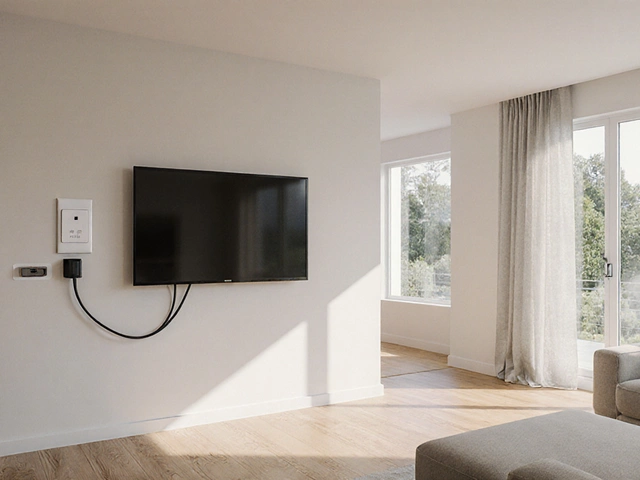Old Homes – What You Need to Know Before You Renovate
If you’ve just bought a period property, you probably love its character but worry about hidden problems. Old homes can be gorgeous, yet they often hide issues that need a solid plan before you start tearing down walls. Below you’ll find the most common troubles and the easiest ways to handle them without breaking the bank.
Common Problems in Older Houses
First, check the foundation. Cracks, shifting, or water seepage are red flags. Look for uneven floors, doors that stick, or walls that bow. If you spot a few hairline cracks, a simple epoxy injection might do the trick, but any large movement means you need a professional structural engineer.
Next, think about moisture. Many older builds were not sealed against damp, so mold can appear in basements or under new plaster. Improving drainage, adding a vapor barrier, and ensuring proper ventilation are cheap steps that stop mold before it spreads.
Old homes also often have outdated flooring. Solid hardwood adds charm, but it can warp if the sub‑floor is damp. Consider modern engineered wood or high‑density laminate that tolerates slight moisture changes while keeping the look you love.
Smart Choices for Materials and Contractors
When you pick building materials, choose those that work well with the existing structure. For example, a dry‑fit kitchen lets you test layout and plumbing before the final install, saving time and money. Use locally sourced limestone or reclaimed bricks if you want the same feel as the original build – they match the old aesthetic and are often more durable.
Hiring the right contractor matters. A builder who knows historic homes will respect original features and suggest upgrades that don’t compromise the house’s integrity. Ask for references on similar projects and make sure they understand local building codes related to older structures.
Finally, plan your budget with realistic numbers. Foundation repair can range from a few hundred pounds for small cracks to several thousand for full replacement. Add a contingency of 10‑15% for surprise issues – they’re almost guaranteed in a house that’s over 50 years old.
With these basics covered, you’ll feel more confident tackling an old home. Start with a thorough inspection, fix the big structural things first, then move on to cosmetics like flooring and kitchen layout. The result? A beautiful, safe house that keeps its historic charm while meeting today’s standards.
Does a House Settle After 20 Years? Signs, Causes & Prevention Explained
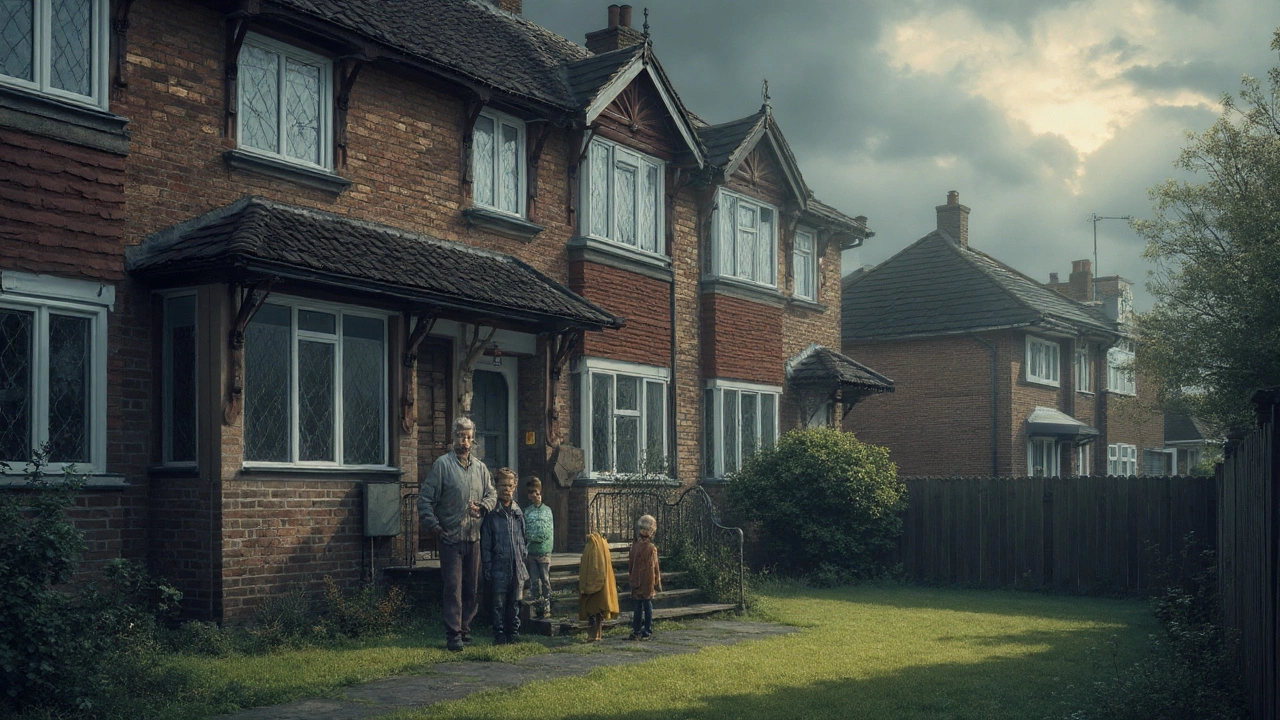
Can a house really settle after 20 years? Discover why older homes move, what causes late settlement, and the impact on structure and safety.
read more
